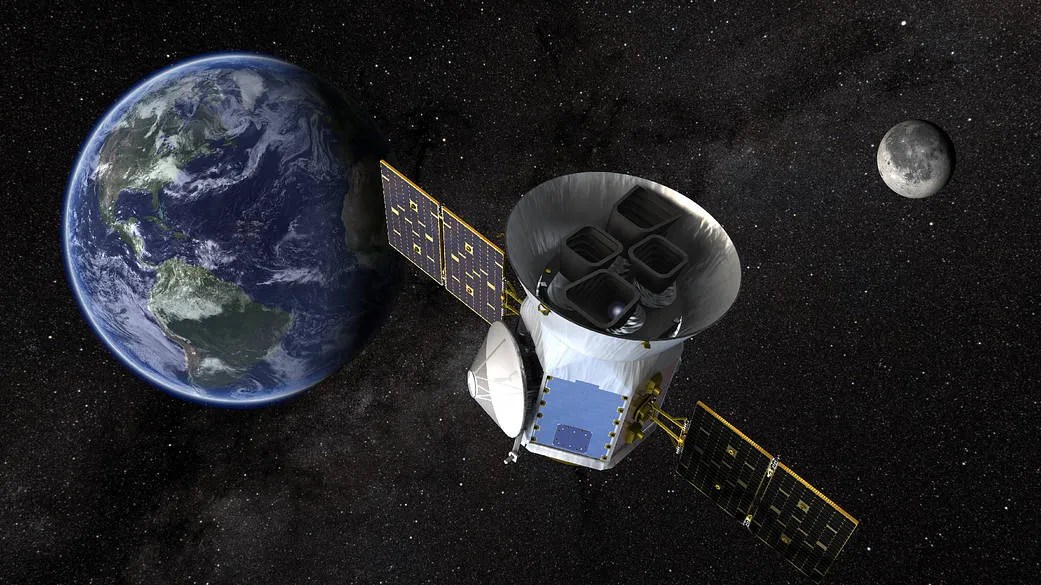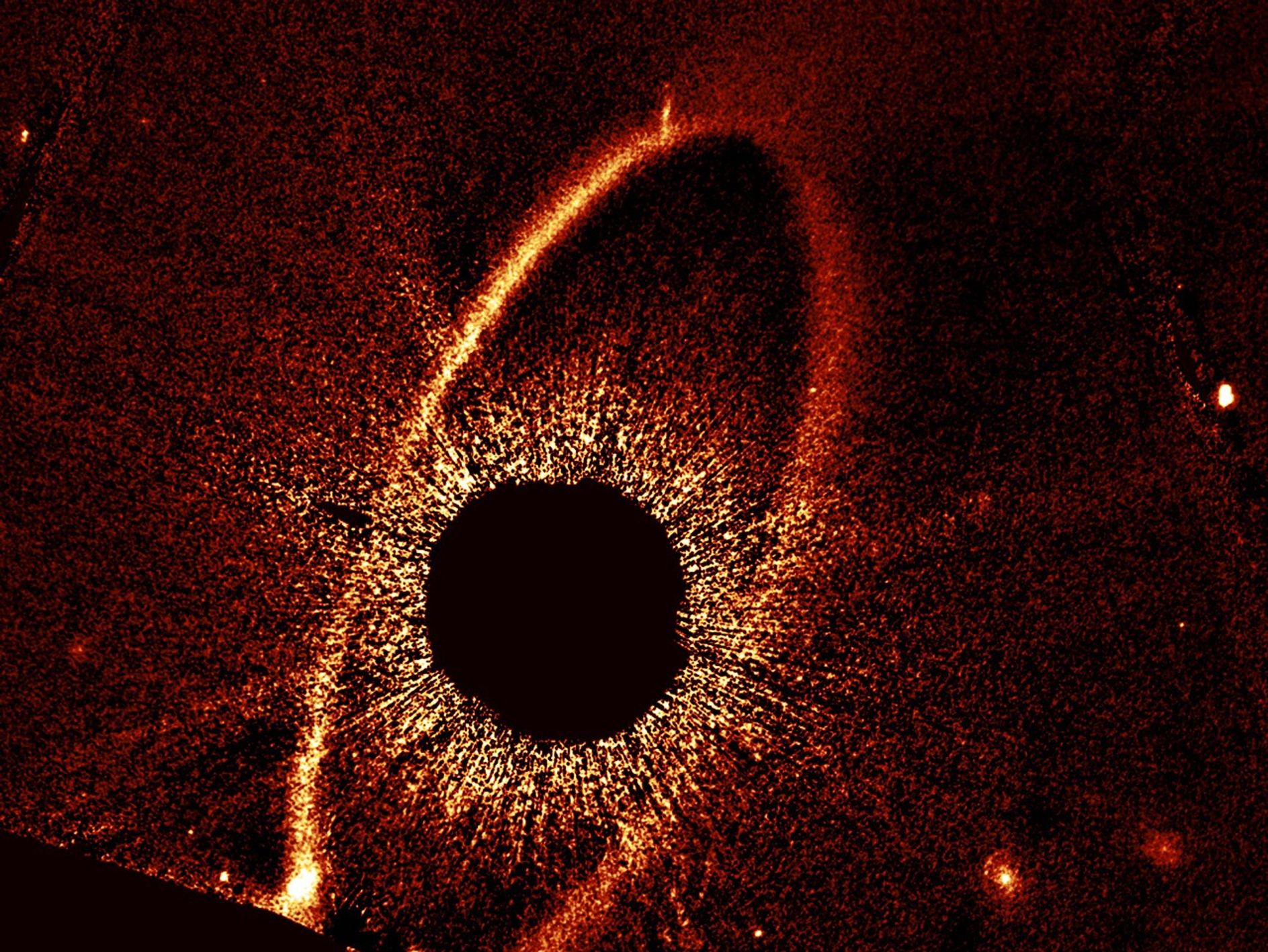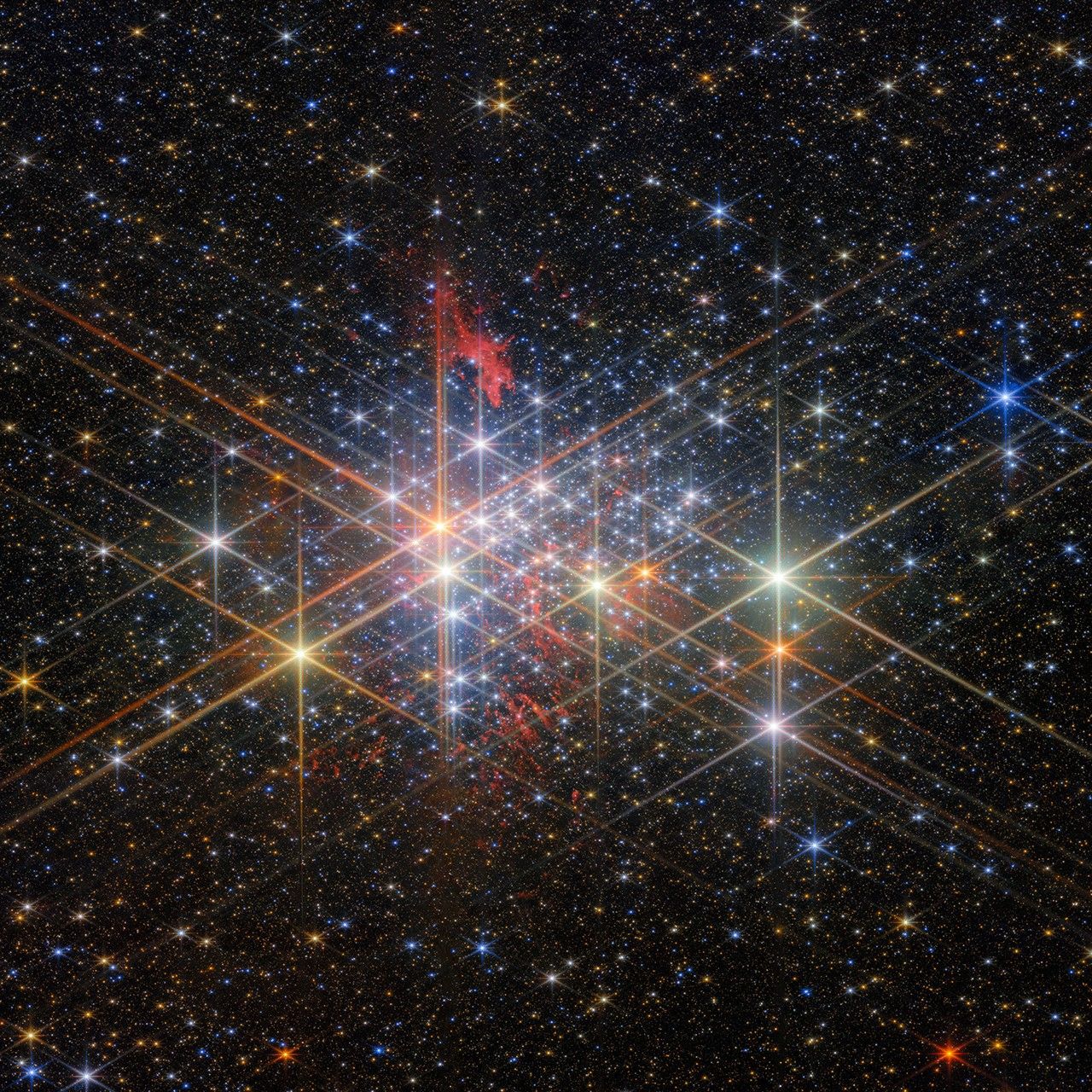You may have heard about the recent discovery of a new planet orbiting a pair of “eclipsing binary” stars led by summer intern Wolf Cukier and his mentor, Veselin Kostov, using data from NASA’s TESS mission. Eclipsing binaries are pairs of stars whose orbits are lined up in a handy way so the stars pass in front of one another now and then with one star blocking the light from the other. If there’s a planet orbiting the eclipsing binary, it’s likely to orbit in the same plane as the stars, and block out the light from one or more of the stars as it passes by. That’s what Cukier and Kostov were thinking when they embarked on their planet search.
So where did Cukier and Kostov go to find a list of eclipsing binaries to search? They went to the Planet Hunters TESS citizen science project.
There, in the “TALK” pages at planethunters.org, citizen scientists had assembled a handy list of eclipsing binaries with transit data. “The Planet Hunters TESS catalog was much easier for us to search because it the TESS data was right there with it,” said Kostov. “We just searched for the eclipsing binary hashtag.” It’s another great example of how citizen scientists have been adding value to NASA data. Hurray for citizen scientists Peter Ansorge, Joel Bergeron, Marc Huten, Giuseppe Pappa, Frank Barnet, Timo van der Straeten and BassLightyear who helped build this useful list of eclipsing binaries—and helped humankind discover a new world!


































